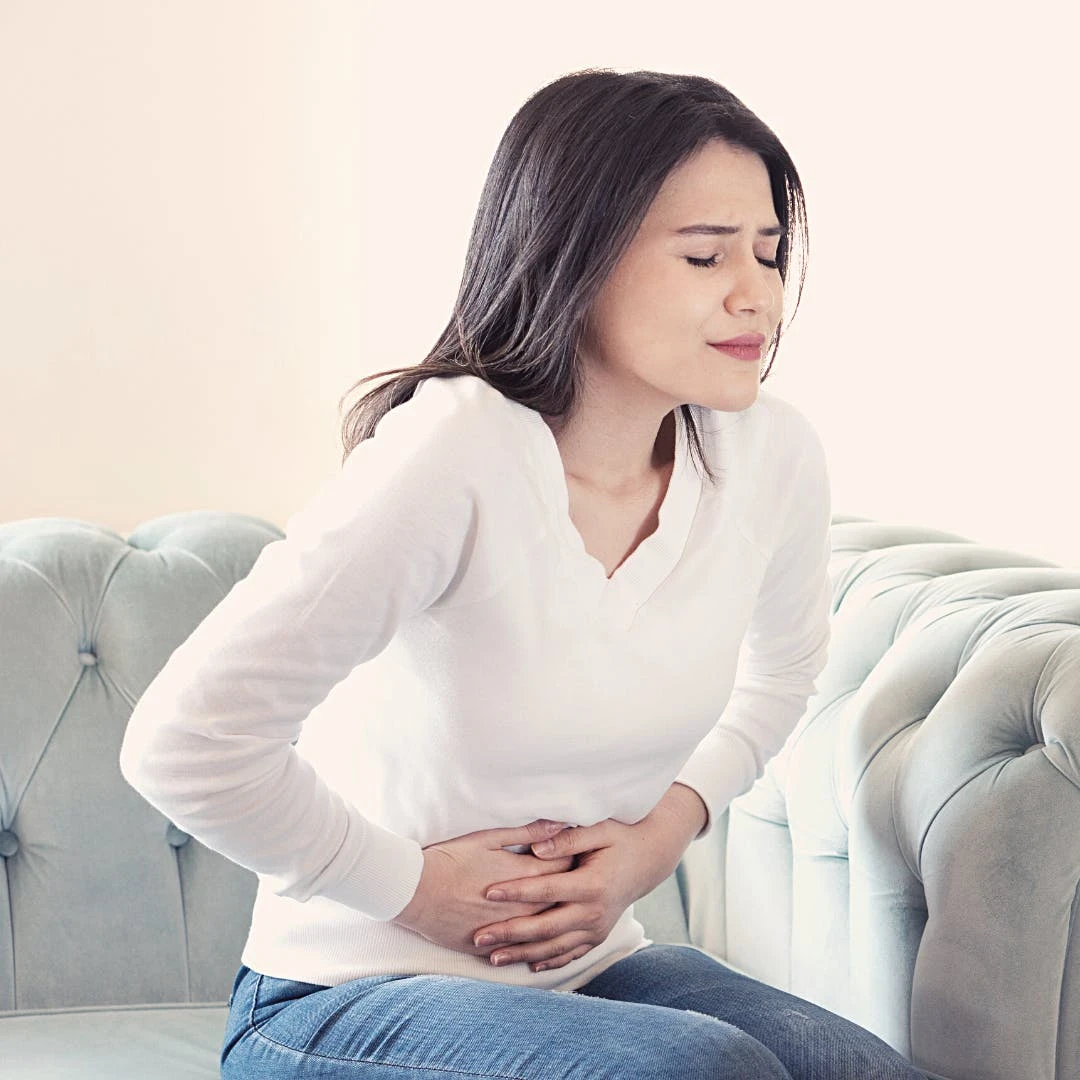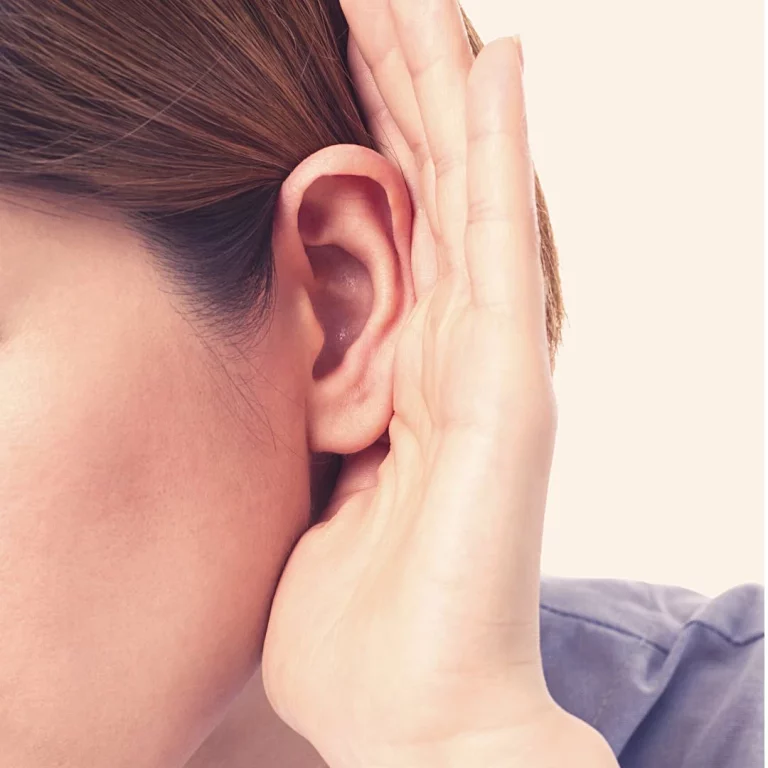Appendicitis Vs Ovarian Cyst
There are some differences between the symptoms of ovarian cysts and appendicitis, and there are also a few symptoms that they share. Ovarian cysts are relatively common, especially in women of childbearing age. In fact, most women will have at least one ovary cyst during their lifetime. However, the majority of ovarian cysts are harmless and do not cause any symptoms.
Ovarian Cyst symptoms Vs Appendicitis: Overview
Appendicitis is a condition that affects people of all ages but it is more prevalent in young adults and children. It occurs when the appendix becomes inflamed. If you have an acute attack of appendicitis, it typically will cause a range of unpleasant symptoms.
While most ovarian cysts are harmless both of these conditions do have the potential to cause sudden pain in the lower abdomen. Although these conditions can share some similar symptoms, they have different causes, and treatment options.
Ovarian Cyst Symptoms Vs Appendicitis Symptoms
It can be challenging to distinguish between these two conditions based on pain alone, as both the right ovary and the appendix are close neighbors in the abdomen.
Pain From Ovarian Cyst
An ovarian cyst is a fluid-filled sac that develops on or within an ovary. Most women have them at some point during their childbearing years, but they are less common during menopause. Some women may have a large ovarian cyst that can cause discomfort or pain. Most ovarian cysts are benign, or non-cancerous.
The most common type of functional cyst is the follicular cyst. These occur when the normal sac-like structure that holds an egg fails to rupture or release the egg as it should during ovulation.
An ovarian cyst may cause severe pain if they rupture or become twisted. The most common symptom of an ovarian cyst is pelvic pain that comes and goes. Other symptoms can include bloating, nausea, breast tenderness and changes in your menstrual cycle. When an ovarian cyst ruptures, the pain can be similar to that of acute appendicitis.
Pain From Appendicitis
So, what does pain from appendicitis feel like? Appendicitis is an inflammation of the appendix, which can lead to severe complications if not timely diagnosed and treated. The most common symptom of appendicitis is abdominal pain.
This pain usually begins as a dull ache in the lower right side of your abdomen. But it can quickly become sharp, severe, and constant. Patients may also have nausea, loss of appetite, fever, constipation or diarrhea, vomiting, bloating or gas that doesn’t go away, and cramping. Pain associated with appendicitis is typically localized to the lower right side of the abdomen, while pain from an ovarian cyst can be felt in other areas.
Because a ruptured ovarian cyst can also cause excruciating pain similar to appendicitis, it is essential to seek immediate medical attention when experiencing sharp, sudden abdominal pain. Prompt and accurate diagnosis of these conditions is vital to avoid potential complications and to ensure appropriate treatment.
Other Medical Conditions With Lower Abdominal Pain
It is important to note that there are other health conditions that can present with acute abdominal pain. Determining the cause of the pain will require a physical examination, possible imaging like an ultrasound, CT scan or MRI scan, laboratory tests, and a work up including thorough medical history by an appropriately licensed healthcare provider.
Other conditions that should be considered in the differential diagnosis of lower right abdomen pain include kidney stones (the pain here may radiate to the back), an ectopic pregnancy (a pregnancy that occurs outside of the uterus (usually in the fallopian tube), a pelvic infection like pelvic inflammatory disease, small bowel obstruction, or a problem in the large intestine. Because ectopic pregnancies can be life threatening for the patient, almost all doctors will perform a pregnancy urine test in the case of a female with abdominal pain.
Vaginal bleeding and sharp pain can also be associated with diseases like endometriosis and fibroids, which can also happen to women of reproductive age. However, these diseases typically cause chronic pelvic pain. They usually do not present as acutely as a ruptured ovarian cyst or appendicitis.
Diagnostic Approaches
Differentiating between an ovarian cyst and appendicitis can be challenging, as they may share some similar symptoms. Healthcare professionals use specific diagnostic approaches to properly evaluate and treat each condition.
How Is An Ovarian Cyst Diagnosed?
A doctor may suspect an ovarian cyst based on your symptoms. The doctor will first perform a physical exam (may also include a pelvic exam), but they will likely have to get imaging as well. To confirm the diagnosis, they’ll likely order a pelvic ultrasound or a transvaginal ultrasound.
During the procedure, the technologist will apply gel to your lower abdomen and insert a wand-shaped ultrasound device either on to your lower abdomen, into your vagina or both. Then, your doctor can see your ovaries and the ovarian cyst on ultrasound.
How Is Appendicitis Diagnosed?
Diagnosis of appendicitis is usually made based on a combination of the patient’s signs and symptoms, as well as results from imaging tests. Usually, when a patient has a diagnosis of acute appendicitis, they are in intense pain. Physical examination by a doctor may reveal rebound tenderness. This means that when the belly is pushed down and released, it results in terrible pain. Imaging tests may include an abdominal X-ray, ultrasound, or CT scan. The diagnosis is usually made by emergency room doctors or by general surgeons who have been consulted by the emergency department. Severe symptoms of extreme pain is what will usually bring patients into the emergency room. While pain medications can be helpful, the definitive treatment is surgical (see below). A diagnosis can also sometimes be made through laparoscopic surgery, during which a small camera is inserted into the abdomen to examine the appendix.
Treatment Of Appendicitis Vs Ovarian Cyst
Ovarian Cyst Treatment
Ovarian cysts often require minimal treatment and may resolve on their own. However, in some cases, medical intervention may be necessary. The first treatment option is observation or watchful waiting. For small, non-cancerous cysts, doctors may recommend monitoring the cyst’s growth through regular pelvic exams and ultrasound imaging. Hormonal birth control can also help. To help reduce the risk of new cysts forming, birth control pills may be prescribed. Finally, surgery may be needed. If a cyst is large, causing pain, or is suspected to be cancerous, surgery may be performed to remove the cyst or the entire ovary. The type of surgery depends on the size and nature of the cyst.
Appendicitis Treatment
Appendicitis is a medical emergency and requires immediate treatment. In some cases, a course of antibiotics may be prescribed to treat mild appendicitis, although this is not common. The most common treatment for appendicitis is the surgical removal of the appendix, either through open surgery or a less invasive laparoscopic procedure. The name of the surgery is an appendectomy and in the vast majority of cases, it is emergency surgery. In some cases, drainage of an abscess, if present, may be needed. If an abscess has formed around the inflamed appendix, a surgeon may first drain the pus before performing an appendectomy.
Both ovarian cysts and appendicitis require an accurate diagnosis to determine the best course of treatment. Consult with a healthcare professional if you experience symptoms of either condition to ensure proper care.
Complications Ovarian Cyst Vs Appendicitis
Ovarian Cyst Complications
Ovarian cysts can lead to complications if they become large, rupture, or experience torsion. A ruptured ovarian cyst may cause nausea, vomiting, abdominal swelling, severe pain, and even internal bleeding. In rare cases, there can be severe blood loss, which can be life-threatening. Another potential complication from a large cyst is ovarian torsion. This can cause sudden, severe pelvic pain and nausea, as well as reduced or blocked blood flow to the ovary. Ovarian torsion can loss of the ovary and fertility issues.
Appendicitis Complications
Untreated appendicitis may result in a rupture or perforation of the appendix. A ruptured appendix can lead to serious complications, like peritonitis (inflammation of the abdominal lining and peritoneal cavity), abscess formation, and sepsis (blood stream infection). A ruptured appendix is a medical emergency, as it can become life-threatening if not treated promptly. Immediate medical assistance is necessary if you experience signs of appendicitis, such as sudden or severe abdominal pain, fever, vomiting, dizziness, weakness, rapid breathing, or heavy bleeding.
Development Of Ovarian Cyst Vs Appendicitis
How and where ovarian cysts develop is much different from how and where appendicitis develops.
Development Of Ovarian Cyst
An ovarian cyst develops in the ovaries, which are part of the female reproductive system. Women typically have two ovaries, each about the size and shape of an almond, located on either side of the uterus. The ovaries are responsible for producing eggs (ova) as well as the hormones estrogen and progesterone.
Ovarian cysts can develop in one or both ovaries. They are fluid-filled sacs or pockets that can form on the surface of an ovary or inside it. These cysts can vary in size and type, and while many are benign (non-cancerous) and often resolve on their own, some can cause symptoms and require medical attention.
Development Of Appendicitis
Appendicitis develops in the appendix, a small, tube-shaped pouch attached to the large intestine. The appendix is located in the lower right side of the abdomen. It’s a part of the gastrointestinal tract, but its exact function in the body is not entirely clear.
Appendicitis occurs when the appendix becomes inflamed and filled with pus. This inflammation is typically caused by a blockage inside the appendix, which can be due to accumulated fecal matter, foreign bodies, or, in some cases, infection. The blockage leads to increased pressure, impaired blood flow, and inflammation.
As mentioned earlier, appendicitis should be treated as soon as possible. An inflamed appendix can rupture. This can lead to a serious condition called peritonitis, which is the inflammation of the tissue lining the abdominal wall.
Ovarian Cyst Vs Appendicitis: Summary
Patients have many questions about ovarian cysts, including how they are related to pap smears, whether they are cancerous, and how to tell them apart from appendicitis. There are a few key differences between ovarian cyst symptoms and appendicitis symptoms.
In many cases an ovarian cyst will not cause symptoms. However, in cases of an enlarged cyst, ovarian torsion or ruptured cyst, both an appendicitis and an ovarian cyst can cause lower quadrant pain.
Typically, the pain associated with appendicitis is typically localized to the lower right side of the abdomen, while pain from an ovarian cyst rupture can be felt in other areas. Additionally, bloody stool or vomit are common characteristics of appendicitis but not usually indicative of an ovarian cyst. Finally, fever may also be present with appendicitis but isn’t normally a symptom related to an ovarian cyst.
The definitive diagnosis can be made by a series of tests as well as a thorough medical history, physical exam, and imaging studies. In female patients it is also important to rule out other serious conditions like an ectopic pregnancy.
Treatment will depend on the diagnosis that is made. If you are ever concerned that you may have one of the conditions discussed above, it is important to seek medical care right away.
We discuss products we think are useful to people. If you buy something through our links, we may earn a commission. Remember to check with your personal physician to see if a product recommended is right for you.








